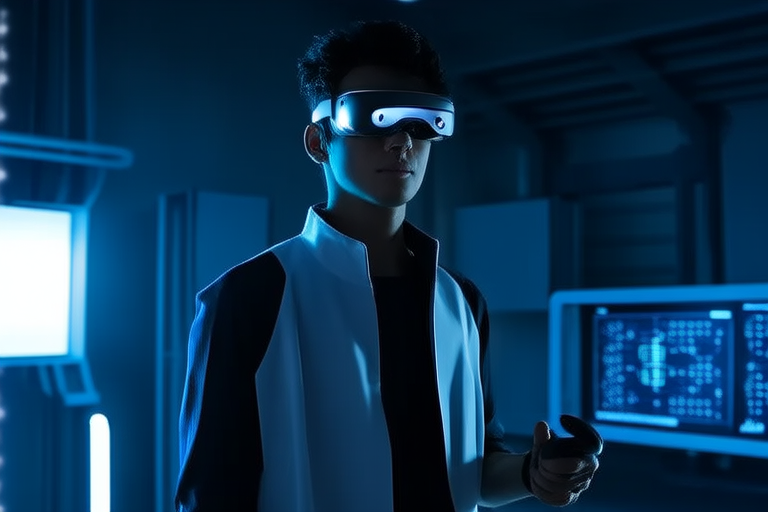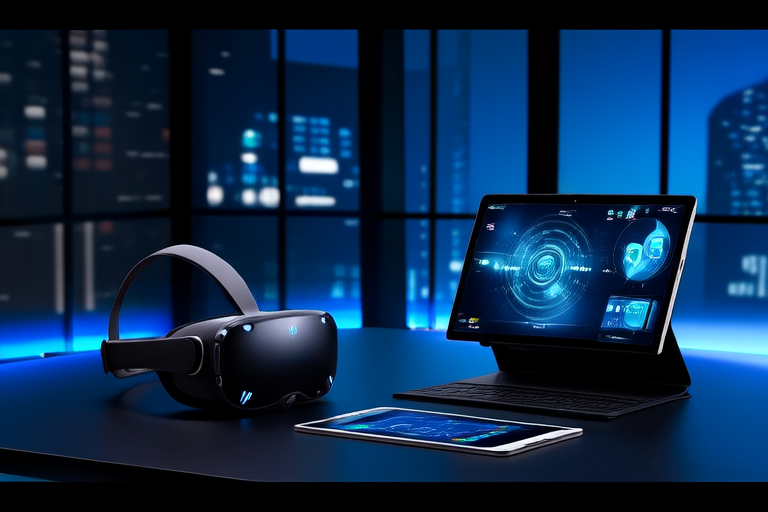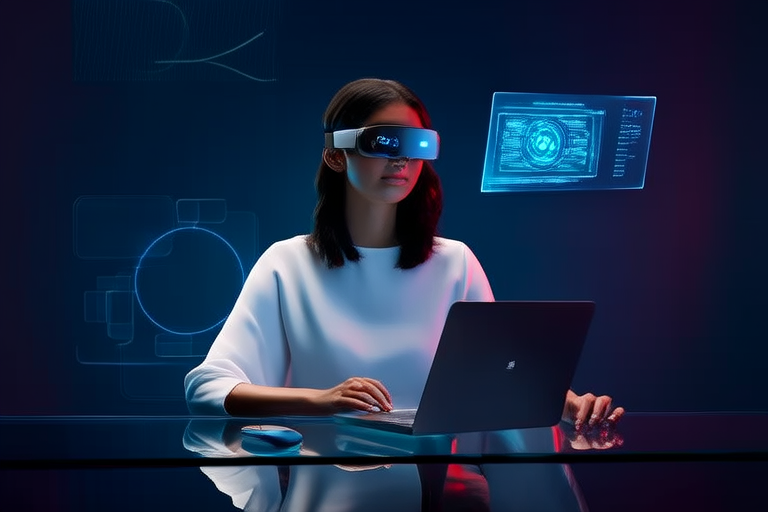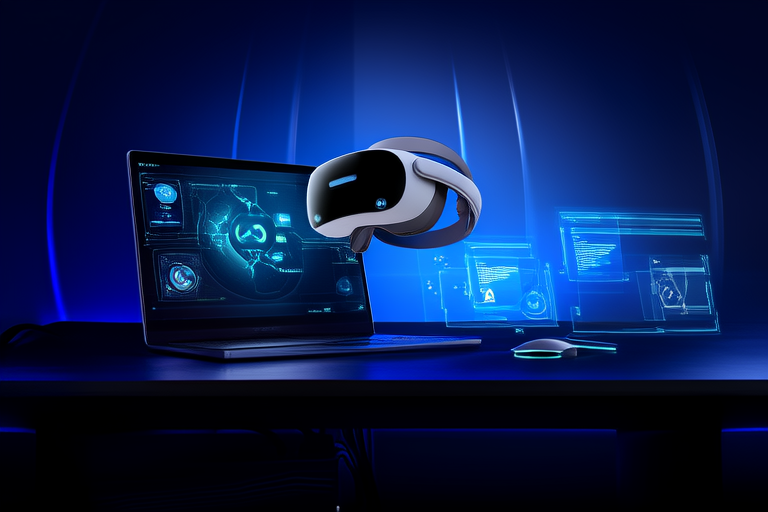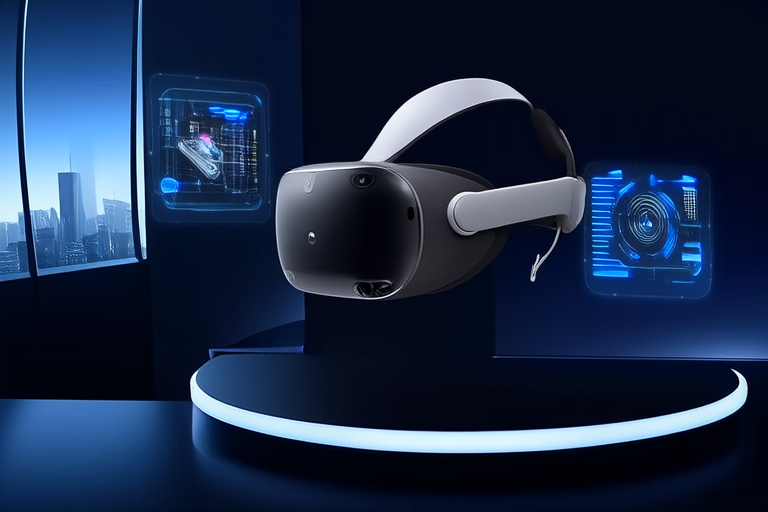The Future of Immersion: How VR and AR Are Transforming Industries
Virtual reality (VR) and augmented reality (AR) are revolutionizing the way we interact with digital content, creating immersive experiences that blur the line between the physical and virtual worlds. VR immerses users in entirely simulated environments, while AR overlays digital elements onto the real world. These technologies have evolved from niche applications to powerful tools reshaping industries across the globe. From healthcare to retail, VR and AR are driving innovation, enhancing productivity, and offering new ways to engage with customers and stakeholders. As these technologies continue to advance, their potential to transform industries is becoming increasingly evident.
Revolutionizing Healthcare
In healthcare, VR and AR are proving to be game-changers. Surgeons are using AR to visualize complex procedures before operating, allowing them to plan surgeries with greater precision. For example, AR headsets can project 3D models of a patient’s anatomy onto their body during surgery, providing real-time guidance. Meanwhile, VR is being used for medical training, enabling students to practice intricate procedures in a risk-free virtual environment. Beyond training and surgery, VR is also being utilized for pain management and mental health treatment. Patients undergoing painful procedures or dealing with anxiety disorders can immerse themselves in calming virtual environments, reducing discomfort and stress. Looking ahead, the integration of AI with VR and AR could enable predictive analytics, further enhancing diagnostic accuracy and personalized care.
Transforming Education
Education is another sector where VR and AR are making significant strides. These technologies are redefining traditional learning methods by offering interactive and engaging experiences. Students can explore ancient civilizations, dive into the depths of the ocean, or travel through space—all from the safety of their classrooms. VR allows learners to step into fully immersive simulations, while AR enhances textbooks and classroom materials with dynamic 3D visuals. This approach not only makes learning more enjoyable but also caters to different learning styles, improving retention and understanding. In professional education, VR is being used for hands-on training in fields such as aviation, engineering, and medicine. As these technologies become more accessible, they hold the promise of democratizing education, making high-quality learning experiences available to students worldwide.
Redefining Gaming and Entertainment
Gaming has long been at the forefront of VR adoption, offering players the chance to step into fantastical worlds and experience gameplay like never before. VR headsets provide an unparalleled level of immersion, allowing gamers to physically interact with their surroundings and feel as though they are part of the game. Meanwhile, AR is transforming mobile gaming, as seen in popular titles like Pokémon GO, which blend digital characters with real-world locations. Beyond gaming, AR is also reshaping entertainment experiences in areas such as live events and theme parks. For instance, AR-enhanced concerts allow audiences to see virtual effects overlaid on performances, creating unforgettable experiences. As hardware becomes more affordable and content libraries expand, VR and AR are poised to redefine how we consume entertainment, offering limitless possibilities for creativity and engagement.
Enhancing Real Estate
The real estate industry is leveraging VR and AR to streamline property viewing and design processes. VR enables potential buyers or renters to take virtual tours of properties from anywhere in the world, saving time and resources. This is particularly valuable in commercial real estate, where clients can explore office spaces or retail locations without traveling. AR, on the other hand, is transforming interior design by allowing users to visualize furniture and decor in their homes before making purchases. Homeowners can use AR apps to see how different paint colors or layouts would look in their spaces, empowering them to make informed decisions. Looking forward, the integration of VR and AR with smart home technology could create fully customizable virtual models of homes, revolutionizing the buying and renovation process.
Revitalizing Retail
Retailers are embracing VR and AR to enhance customer experiences and drive sales. AR apps allow shoppers to try on clothes, accessories, or makeup virtually, reducing the need for physical inventory and minimizing returns. For example, beauty brands are using AR mirrors that let customers test different shades of lipstick or eyeshadow in real-time. Meanwhile, VR is being used to create immersive shopping environments, where customers can browse products in a virtual store. This is especially beneficial for e-commerce companies seeking to replicate the in-store experience online. Additionally, AR-powered navigation systems are helping shoppers find products more easily in large stores. As consumer expectations evolve, retailers that adopt these technologies will gain a competitive edge by offering personalized, seamless shopping experiences.
Challenges and Limitations
Despite their transformative potential, VR and AR face several challenges that must be addressed to achieve widespread adoption. One major barrier is cost; high-quality VR headsets and AR devices remain expensive, limiting accessibility for many individuals and businesses. Additionally, the hardware required for these technologies can be bulky and uncomfortable, deterring prolonged use. Technical limitations, such as latency and resolution issues, can also impact user experience. Furthermore, there are concerns about data privacy and security, as these technologies often rely on collecting sensitive information about users’ environments and behaviors. Accessibility is another concern, as not all users may have the technical skills or physical ability to use VR and AR effectively. Overcoming these challenges will require continued innovation, investment, and collaboration across industries.
Conclusion
VR and AR are ushering in a new era of immersion, transforming industries and redefining how we interact with the world around us. From revolutionizing healthcare and education to enhancing gaming, real estate, and retail, these technologies offer unprecedented opportunities for innovation and growth. However, realizing their full potential will depend on addressing existing challenges, including cost, accessibility, and technological barriers. As advancements continue to push the boundaries of what is possible, the importance of fostering collaboration and investing in research cannot be overstated. By embracing the transformative power of VR and AR, industries can unlock new levels of efficiency, engagement, and creativity, paving the way for a future where the lines between the physical and digital worlds are seamlessly blended.
